Beyond the Park Hotel: Australia’s immigration detention network | Refugees News
Australia’s notorious Park Hotel made headlines last week after tennis star Novak Djokovic was sent there when his visa was revoked.
The incident shone a light on the plight of more than 30 refugees held there, some of them for years, but the country’s immigration detention system extends far beyond any one hotel.
Hundreds more refugees remain in other detention centres around Australia and in the notorious offshore processing system in the Pacific — and these refugees are of a specific category.
They all arrived in Australian waters by boat after mid-2013, when the country made a series of deals in the Pacific that would see any asylum seekers who tried to arrive in Australia by sea sent to Papua New Guinea or Nauru for processing and resettlement.
Some of them, now recognised as refugees, were brought to Australia under a short-lived medical evacuation scheme in 2019 – these are the people held in places such as the Park Hotel.
Others remain stuck on PNG and Nauru.
Island prisons
Iraqi refugee, Mustafa Salah, was just 14 when he was taken to Nauru with his father. They had left Iraq after threats to their lives and travelled to Australia by boat from Indonesia.
The Nauru camp was fenced in on all sides, packed with mouldy, plastic tents with temperatures inside reaching as high as 50 degrees Celsius (122 degrees Fahrenheit).
The tents have seared themselves into Mustafa’s memory.
He slept in them for “exactly one year and a half and 15 days” before he and his father were given refugee status and moved into accommodation in the Nauru community.
“It was a tropical island, imagine that you’re sleeping in the tent all these years and with the dust, you know, with the people around you… they are…. It wasn’t safe to be honest. It wasn’t safe,” he told Al Jazeera.
Mustafa remembers seeing people set themselves on fire in desperation. He saw people sink into depression, waiting for the freedom they feared would never come.
Eventually, in mid-2021, Mustafa and his father were brought to Australia because his father needed medical treatment, but more than 200 refugees and asylum seekers still live on Nauru and in PNG.
One Afghan father, whose name has been hidden for the safety of his family, has been recognised as a refugee and is desperate to help his family, but he is stranded in the PNG capital, Port Moresby, without the right to work.
He travelled to Australia in 2013 and “after three days the Australia immigration transferred [him] by force to Manus Island”.
He was held in a detention camp that was as widely condemned as the one on Nauru.
In 2017, the camp was found to be illegal and closed, and its detainees moved to accommodation in the local community.
Two years later, the Afghan refugee says he was taken to Port Moresby, one of the most dangerous cities in the world. Almost 40 percent of PNG’s population lives in poverty.
While the refugees are theoretically free to come and go, the threat of attack and abuse from the local people means their lives are almost as restricted as they were inside the camps.
 Refugee Yasir Omar silhouetted against the sun. He fled Sudan but was sent offshore after trying to reach Australia by boat. He is now in Papua New Guinea [Courtesy of Yasir Omar]
Refugee Yasir Omar silhouetted against the sun. He fled Sudan but was sent offshore after trying to reach Australia by boat. He is now in Papua New Guinea [Courtesy of Yasir Omar]“We have no allow work or anything,” the refugee told Al Jazeera in broken English. “Here is not safe, two times I went out but the local attacked me, they cut my hand, broken my hand, I have been in hospital about five months. They got my phone, my money.”
The “most immediate” reason for the danger refugees find themselves in on PNG, says Ian Rintoul, a spokesperson for the Refugee Action Coalition in Australia is that “the refugees actually stand out… and for local people in PNG, they believe that they’ve probably got some money or a mobile phone… so they’re immediate targets in that respect.”
Another detainee on PNG, 29-year-old Sudanese refugee Yasir Omar, says that he cannot sleep at night for fear of being attacked.
“In the middle night, I wake up, I check around and I check my window, and I see exactly what is going on outside,” he said.
“… [Papua New Guineans] look at us, you know, like nothing. Like nothing, like we are not human being. No respect… they swear at us all the time.”
According to Yasir, the refugees on PNG live in accommodation paid for by the Australian government. Single people also get just over 100 Australian dollars in cash each week, and about the equivalent in basic supplies so they can cook for themselves.
Detention compounds
Meanwhile, almost 60 maritime refugees are being held in detention centres across mainland Australia after being moved there from Nauru or PNG, mostly for medical reasons.
Their imprisonment, like that of the refugees on Nauru and PNG, has been repeatedly condemned by human rights groups both within Australia and internationally.
Detaining people for nine years simply for trying to get to the country by boat is illegal, says lawyer Daniel Taylor, who represents a number of refugees in Australian immigration detention alongside his colleague Noeline Balasanthiran Harendran.
“Under international law, it’s arbitrary imprisonment,” Taylor said.
“International law requires a proportionality and a reason for detention,” he adds, such as the need to determine refugee status, or consider any security issues.
Keeping the refugees in indefinite detention has also proved “extraordinarily expensive”, according to Australia’s Refugee Council.
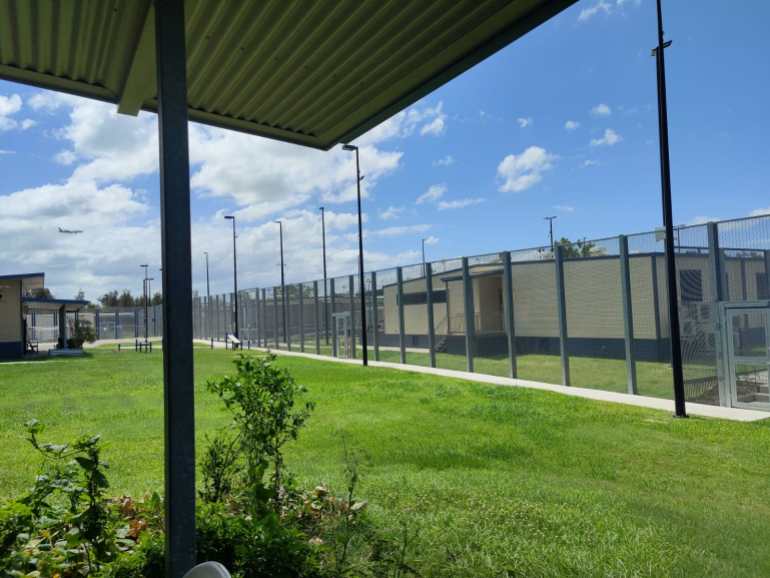 High fences enclose the lush green grass and buildings n the Brisbane Immigration Transit Accommodation (BITA) where Amin Afravi is now living after being evacuated from Manus island for medical reasons. He spends every day in his room [Courtesy of Amin Afravi]
High fences enclose the lush green grass and buildings n the Brisbane Immigration Transit Accommodation (BITA) where Amin Afravi is now living after being evacuated from Manus island for medical reasons. He spends every day in his room [Courtesy of Amin Afravi]For the 2019-2020 financial year, the cost of onshore immigration detention was 361,835 Australian dollars ($266,519) per person. Offshore detention cost Australia 602 million Australian dollars ($433m) in 2020-2021.
Now in the family wing at the Melbourne Immigration Transit Accommodation (MITA), an immigration detention facility in the state of Victoria, Mustafa describes his detention as “a lot of [mentally] hard, hard times”.
He fills his day with training. There is nothing else to do, he says.
(training of what?)
“There is no future, so every day you wake up you’re doing the same thing… my motivation is not that good. You know, always thinking about when I’m gonna [get] out, thinking about my family,” he said.
Another refugee, Amin Afravi, an ethnic Ahwazi Arab, fled persecution in Iran in 2013, and like the other people Al Jazeera spoke to, tried to get to Australia by boat.
He spent six long years on Manus before he was evacuated to Australia for medical reasons, under short-lived legislation triggered by evidence that people in the offshore system were suffering serious health problems as a result of their detention.
Now in the Brisbane Immigration Transit Accommodation (BITA), Amin spends every day in his room, only leaving for a few minutes now and then to smoke a cigarette. There is a small gym for detainees to use, a large area to walk in, a basketball court, but he says he does not see the purpose in doing anything.
“[For] how long do you want to do that? For how long? You know, this is nine years,” he said.
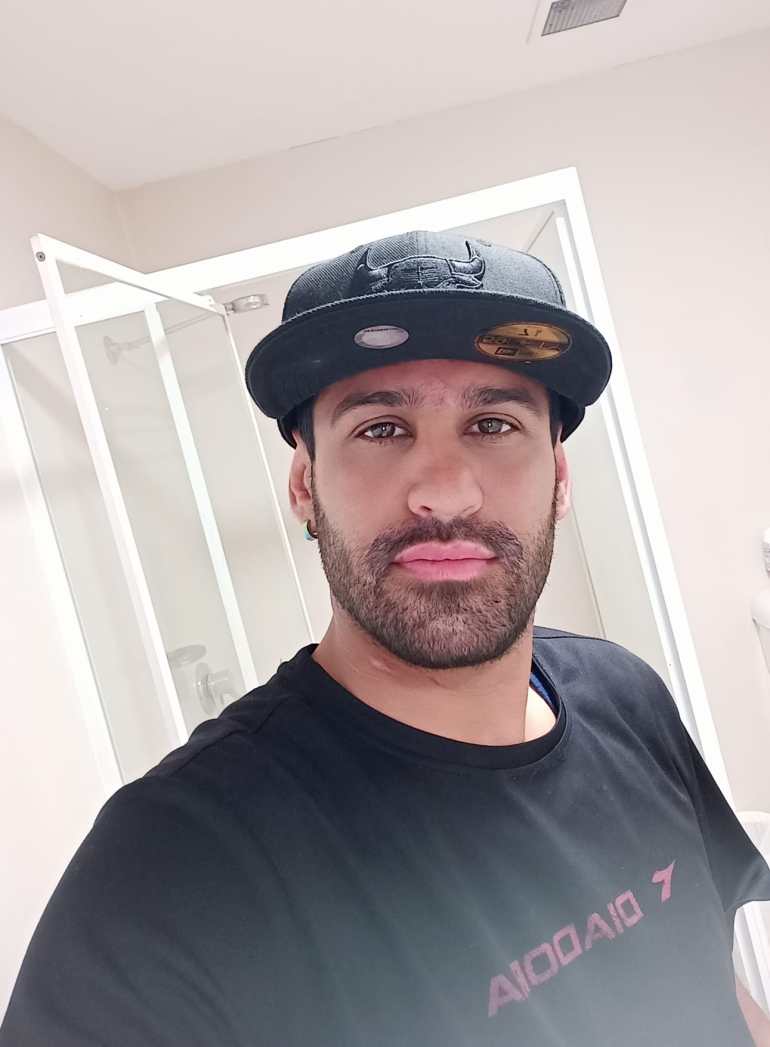 Amin Afravi has been diagnosed with PTSD as a result of his prolonged detention [Courtesy of Amin Afravi]
Amin Afravi has been diagnosed with PTSD as a result of his prolonged detention [Courtesy of Amin Afravi]There are activities on offer, he says, but they form part of a points system that allows the refugees to buy things from the detention centre’s canteen.
According to Rintoul, the system is “a form of behavioural management”.
Refugees are given a basic number of points per week, he says, and have to take part in activities if they want to earn more.
“So you know, attend the gym, or attend art [class], reading group, English class or whatever, [and] they get points… up to 60,” he said.
Amin, who spends most of his time in his room and has been diagnosed with Post Traumatic Stress Disorder (PTSD) as a result of his experiences in detention, says such activities are “useless”.
Amin says as long as he is denied his freedom, the trauma that fuels his PTSD continues.
He has serious anxiety too and panics every time he sees the facility’s security guards, accusing them of inflicting petty cruelties on those detained.
“I cannot breathe properly. It’s like, you know, it’s like drowning in the ocean. You feel like you’re dying and you cannot do anything for it,” he said.
A year after their medical evacuation, Mustafa’s father is still awaiting treatment for his condition.
Amin, himself, contracted Helicobacter pylori, a bacterial infection in the stomach, in 2019 while he was being detained at Kangaroo Point Hotel, a detention facility similar to the Park Hotel that has since been closed.
“Whatever I [ate] it’s like I eat tonnes of food. Even a little food, my stomach will swell very badly,” he said, “and I couldn’t breathe properly. I couldn’t sleep properly.”
It took IHMS, the provider contracted by the Australian government to provide healthcare for people in BITA, 13 months to get him tested and diagnosed, he says.
Two months and a medication change later, he was told he was free of the infection.
“It didn’t make any change on my stomach from that day, until now, I mean, the feeling,” he said. He still exists on a small range of foods, most of which he buys using his weekly points.
‘I need to see my life’
In an emailed response to the refugees’ allegations about their treatment, a spokesperson for the Australian Border Force told Al Jazeera that the country was “committed to the health and welfare of detainees” and that those held in onshore facilities could expect healthcare to be “broadly commensurate” with that on offer to the wider community through the public health system.
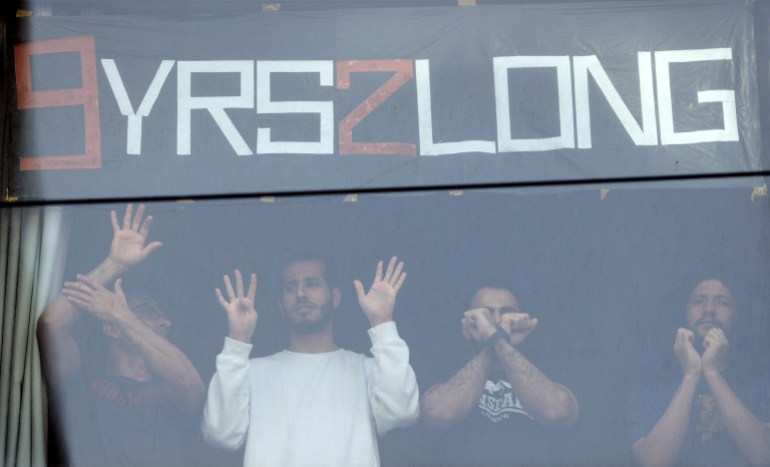 Refugees gather at the window of the Park Hotel as pro-refugee protesters demonstrate outside after Serbian tennis player Novak Djokovic was taken to the facility when his visa was cancelled. He has since been freed by an Australian court [Loren Elliott/Reuters]
Refugees gather at the window of the Park Hotel as pro-refugee protesters demonstrate outside after Serbian tennis player Novak Djokovic was taken to the facility when his visa was cancelled. He has since been freed by an Australian court [Loren Elliott/Reuters]Detainees were treated “in accordance with human rights standards” and their management “carried out with primary consideration given to the safety and security of all individuals, staff, and the public”.
The spokesman stressed there were no plans for change, despite the focus brought by Djokovic’s incarceration in the same place as the maritime arrivals.
“Australia’s border protection policies remain steadfast; persons who travel to Australia illegally by boat will not settle here,” the spokesperson told Al Jazeera.
With a powerful legal team behind him, Djokovic was freed from immigration detention in less than a week.
The millionaire player has since tweeted his intention to compete in the Australian Open and “play at one of the most important events we have in front of the amazing fans”.
But as the attention fades, those Djokovic left behind wonder whether they will ever get their freedom.
“[I’m a grown] man now and I need to see my life, you know? When [am I] going to study, when [am I] going to follow my sport and do what I love?” Mustafa said.

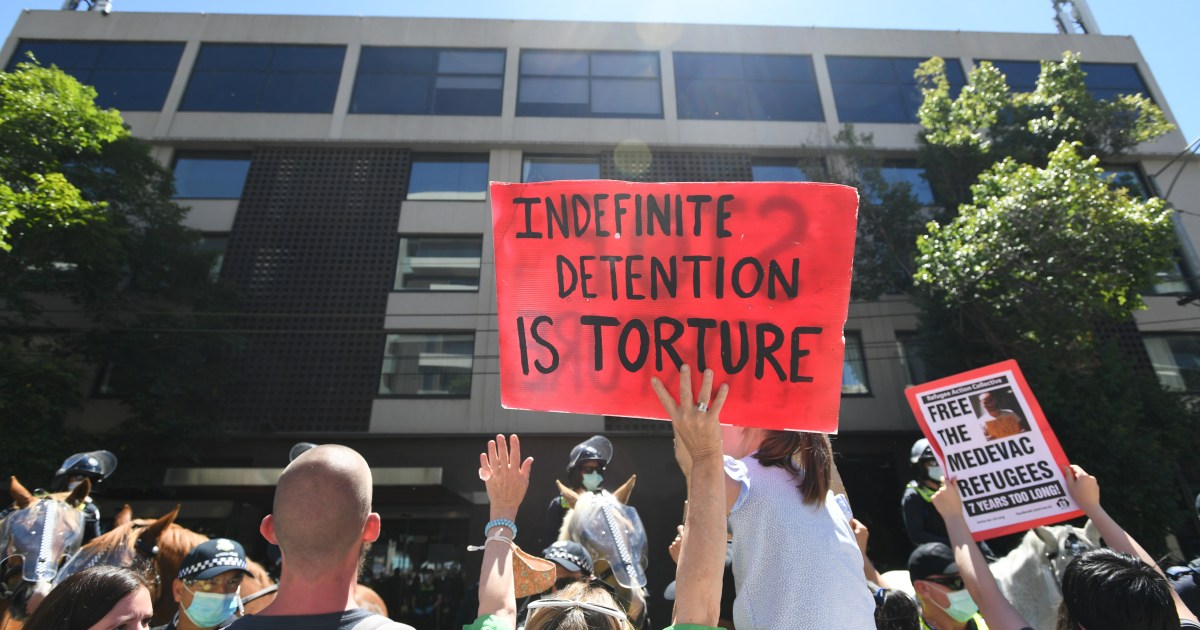

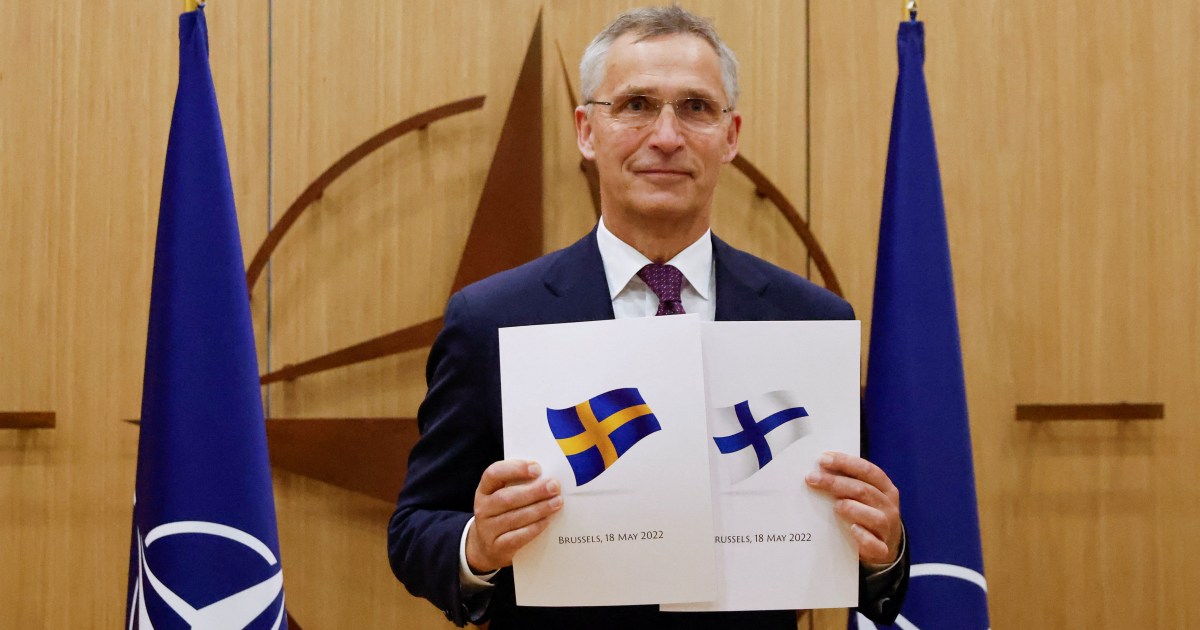

Pingback: click through the up coming web site
Pingback: 다시보기
Pingback: what are magic mushrooms used for
Pingback: click through the next website
Pingback: best youtube automation niches
Pingback: สล็อตวอเลท